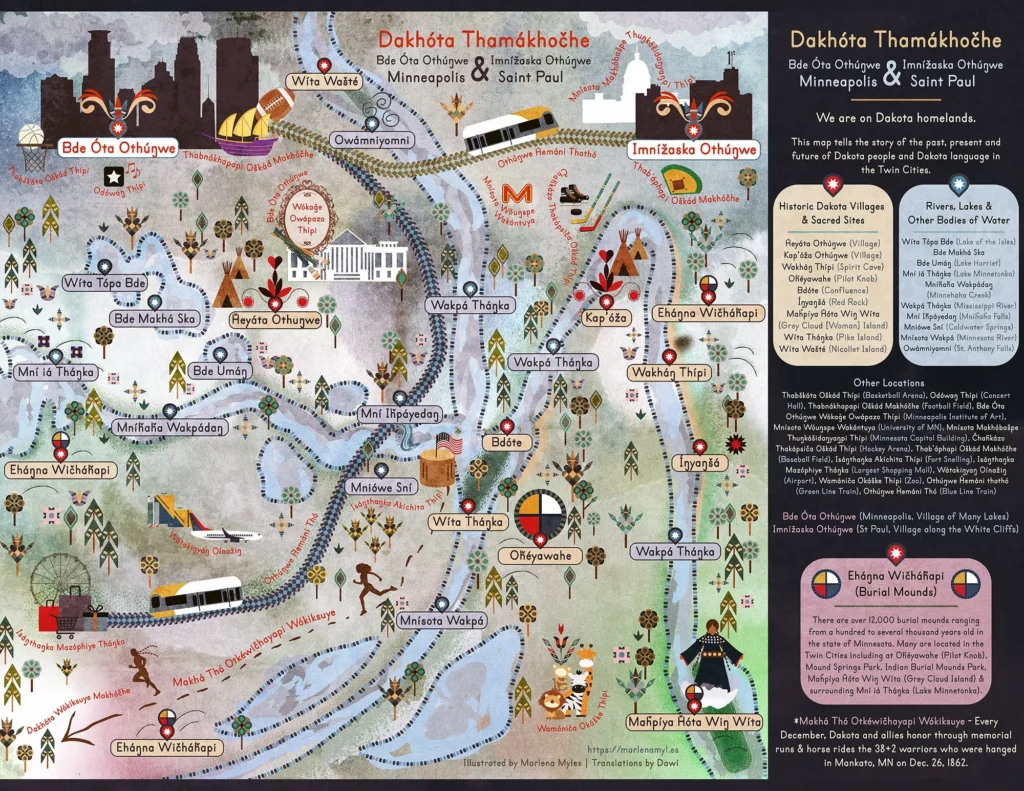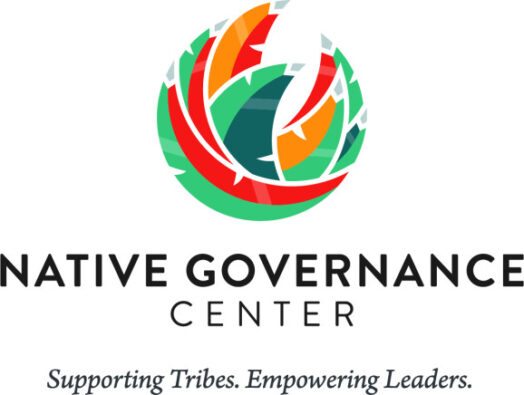TIPS FOR CREATING AN INDIGENOUS LAND ACKNOWLEDGMENT STATEMENT
Key components:
Start with self-reflection. Before starting work on your land acknowledgment statement, reflect on the process:
- Why am I doing this land acknowledgment? (If you’re hoping to inspire others to take action to support Indigenous communities, you’re on the right track. If you’re delivering a land acknowledgment out of guilt or because everyone else is doing it, more self-reflection is in order.)
- What is my end goal? (What do you hope listeners will do after hearing the acknowledgment?)
- When will I have the largest impact? (Think about your timing and audience, specifically.
Do your homework. Put in the time necessary to research the following topics:
- The Indigenous people to whom the land belongs.
- The history of the land and any related treaties.
- Names of living Indigenous people from these communities. If you’re presenting on behalf of your work in a certain field, highlight Indigenous people who currently work in that field.
- Indigenous place names and language.
- Correct pronunciation for the names of the Tribes, places, and individuals that you’re including.
Use appropriate language. Don’t sugarcoat the past. Use terms like genocide, ethnic cleansing, stolen land, and forced removal to reflect actions taken by colonizers.
Use past, present, and future tenses. Indigenous people are still here, and they’re thriving. Don’t treat them as a relic of the past.
Land acknowledgments shouldn’t be grim. They should function as living celebrations of Indigenous communities. Ask yourself, “How am I leaving Indigenous people in a stronger, more empowered place because of this land acknowledgment?” Focus on the positivity of who Indigenous people are today.
I’m not really seeking for ODNR to make a statement for land acknowledgement and it be a done deal. I’m thinking of how Indigenous culture (everything under that umbrella) should be acknowledged and incorporated into state parks. One of the missions ODNR’s has is to educate, the first place they should start is here.
Additional factors to consider:
Don’t ask an Indigenous person to deliver a “welcome” statement for your organization.
Build real, authentic relationships with Indigenous people. In addition to normal employment and family obligations, Indigenous people are working to heal their traumas, learn their languages, and support their nations. If you reach out for help, lead the conversation by asking an Indigenous person what you can do for them. Chances are, they’re likely overworked and could use your help.
Compensate Indigenous people for their emotional labor. If you do plan to reach out to an Indigenous person or community for help, compensate them fairly. Too often, Indigenous people are asked to perform emotional labor for free.
Understand displacement and how that plays into land acknowledgment. Land acknowledgment is complicated. Remember that the United States government displaced many Tribes from land before treaties were signed.
There are many types of land acknowledgments. Don’t expect to find a specific formula or template. Land acknowledgments that come from Indigenous people vs. non-Indigenous people look different, too.
Take action:
- Land acknowledgment alone is not enough. It’s merely a starting point. Ask yourself: how do I plan to take action to support Indigenous communities? Some examples of ways to take action:
- Support Indigenous organizations by donating your time and/or money.
- Support Indigenous-led grassroots change movements and campaigns. Encourage others to do so.
- Commit to returning land. Local, state, and federal governments around the world are currently returning land to Indigenous people. Individuals are returning their land, too. Research your options to return your land.
WE ARE ON DAKOTA AND ANISHINAABE LAND.

With what I am interested in exploring with Ohio Department of Natural Resources this article highlights the importance of protecting, preserving, and celebrating the history of the Indigenous people. The article also uses language that doesn’t sugarcoat the past, present, and future. I believe that is important to note because of how the land carries more than just a geographical implication but is connected to the blood, ancestry, and the future of this community. Addressing land acknowledgement and intention to the cause gives the Indigenous people justice and starts with self-reflection. Land acknowledgment is a form of recognizing the colonialist ideas that have been to the detriment of the land it was intended to protect.
Source: A GUIDE TO INDIGENOUS LAND ACKNOWLEDGMENT. (2019, October 22) https://nativegov.org/news/a-guide-to-indigenous-land-acknowledgment/
LAND ACKNOWLEDGMENT. (n.d.). In National Governance Center. https://nativegov.org/about/our-land-acknowledgement-statement/




